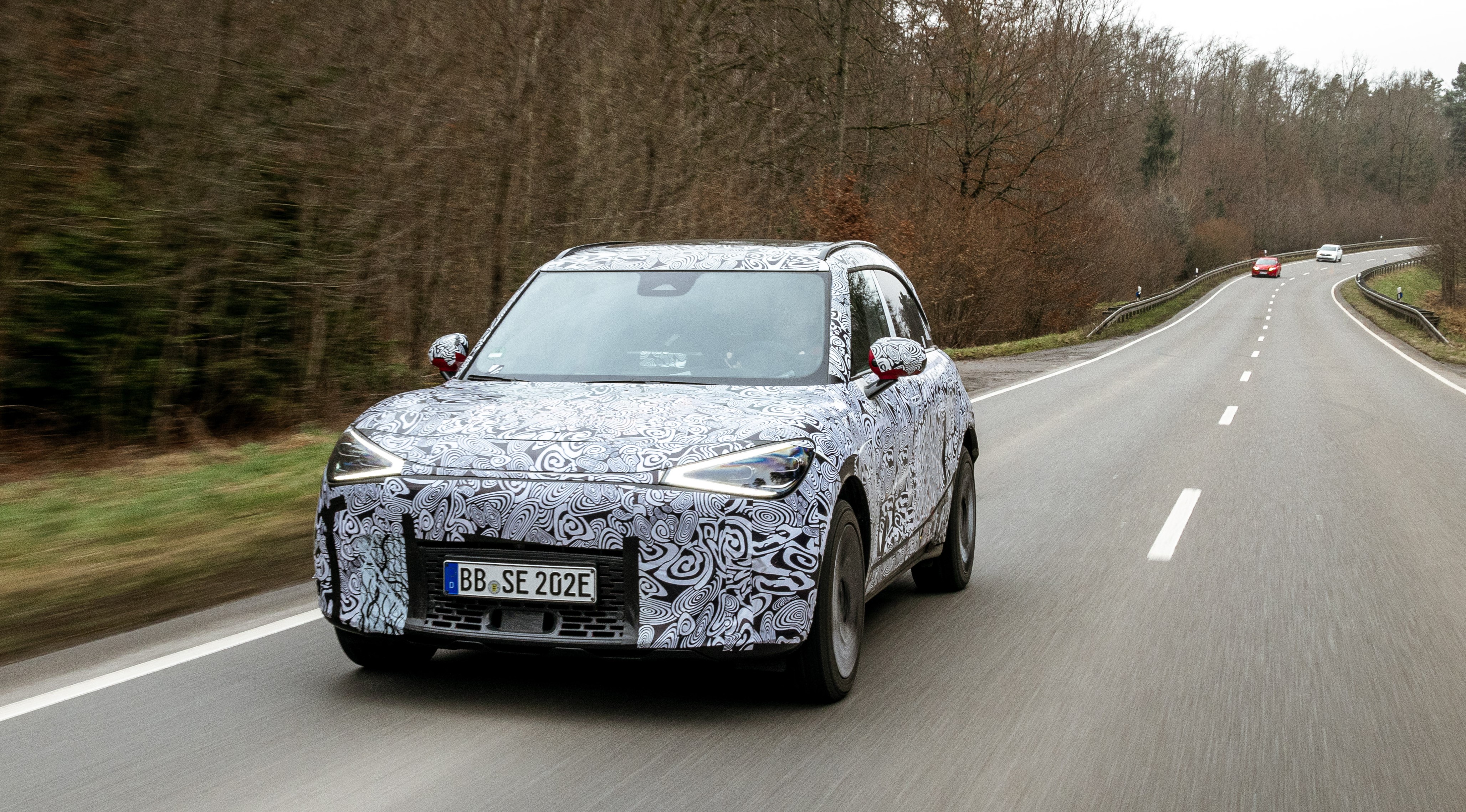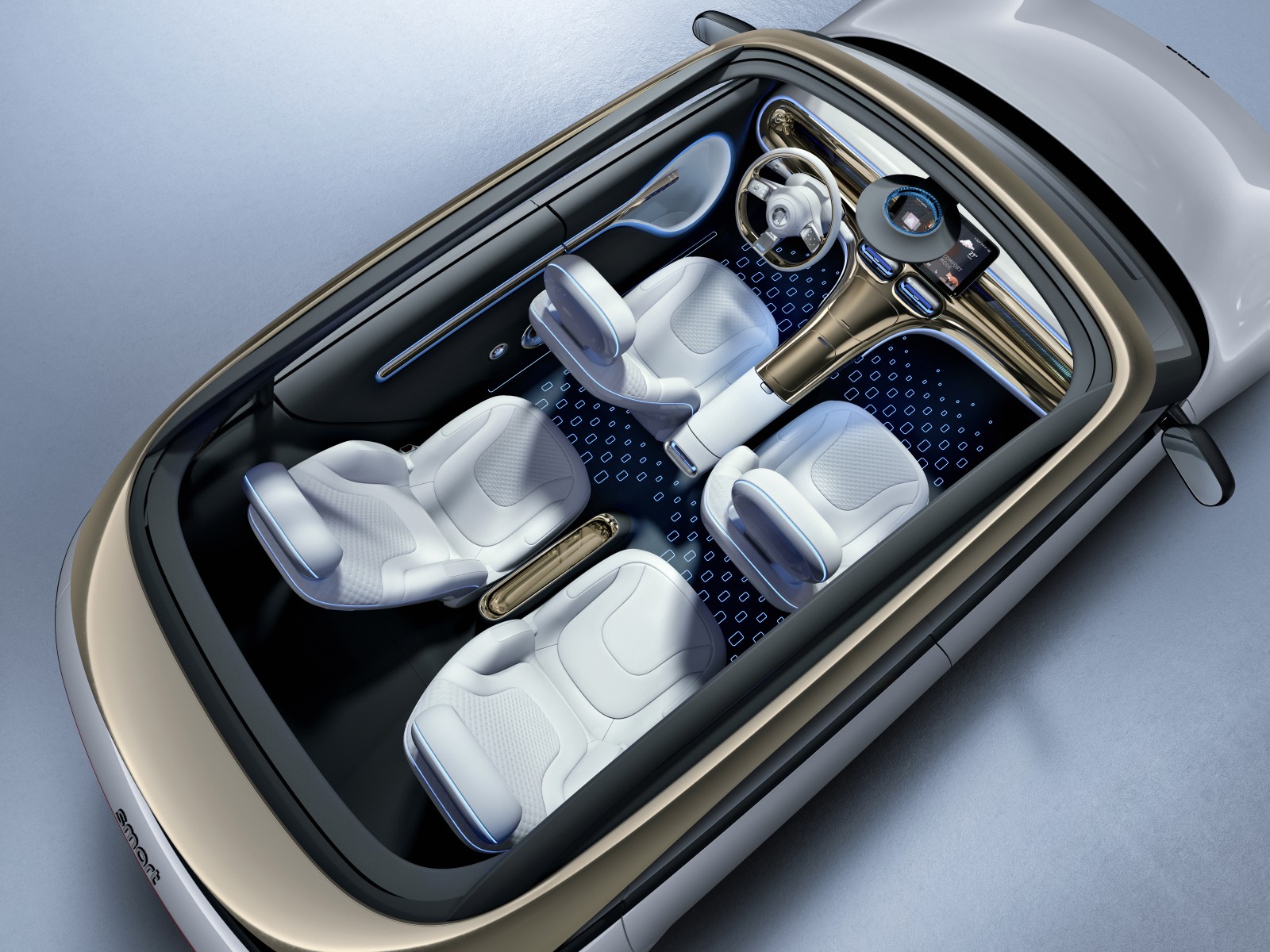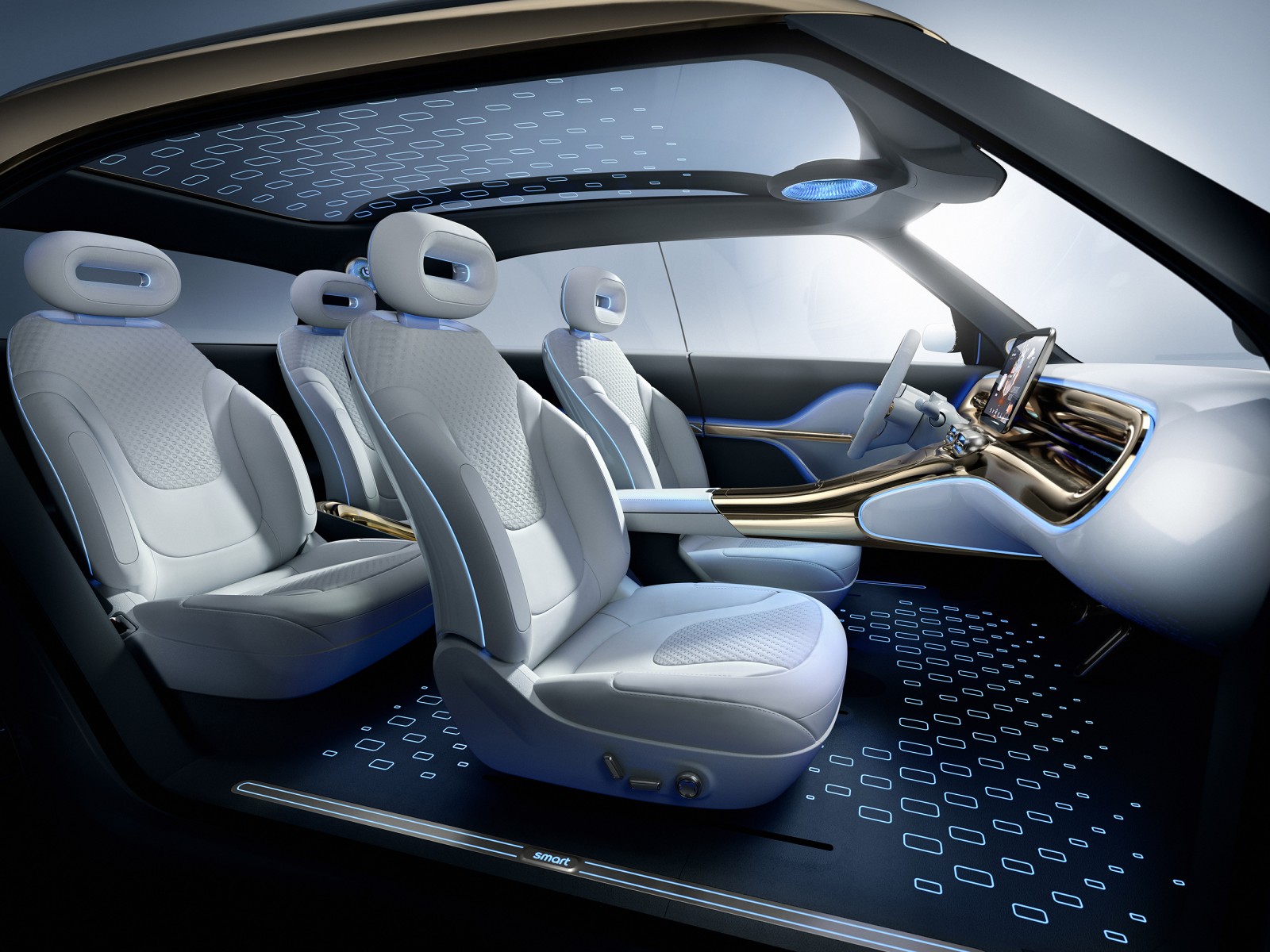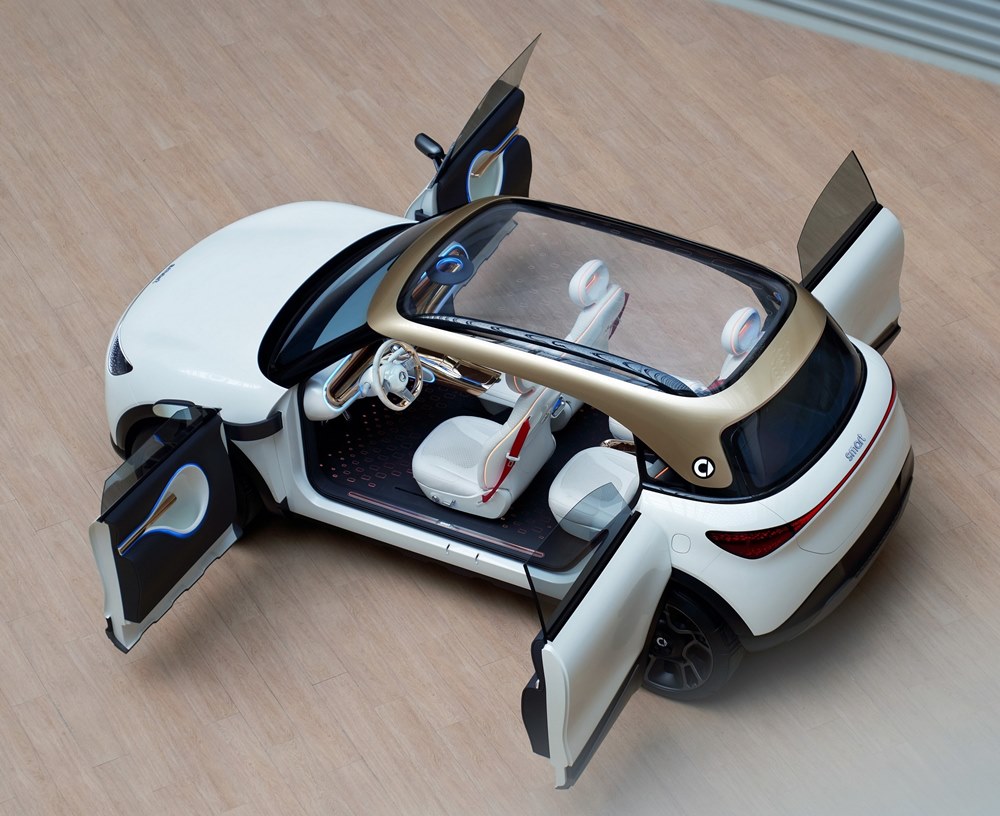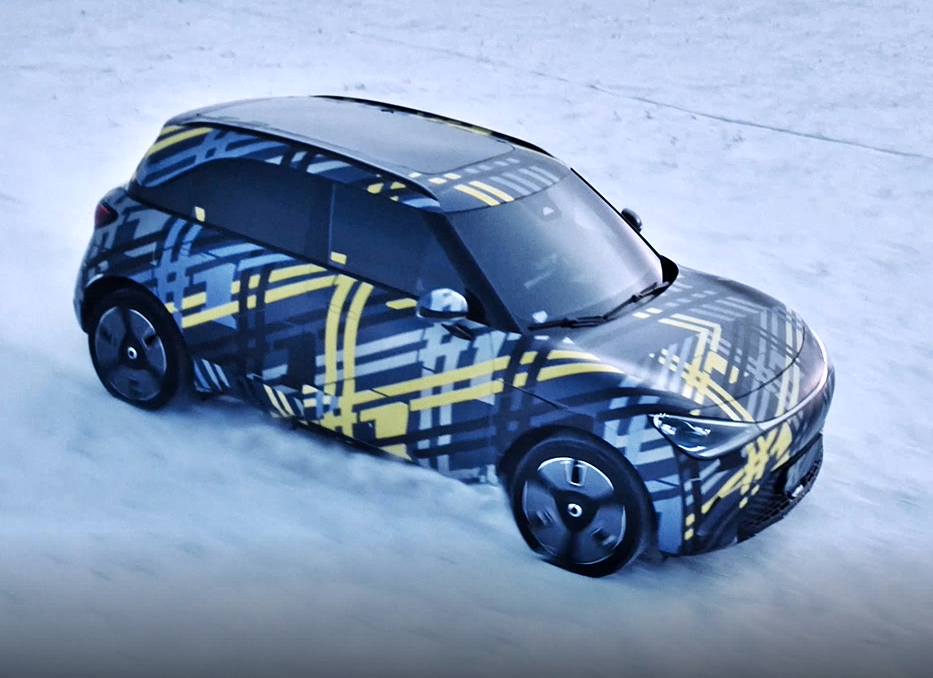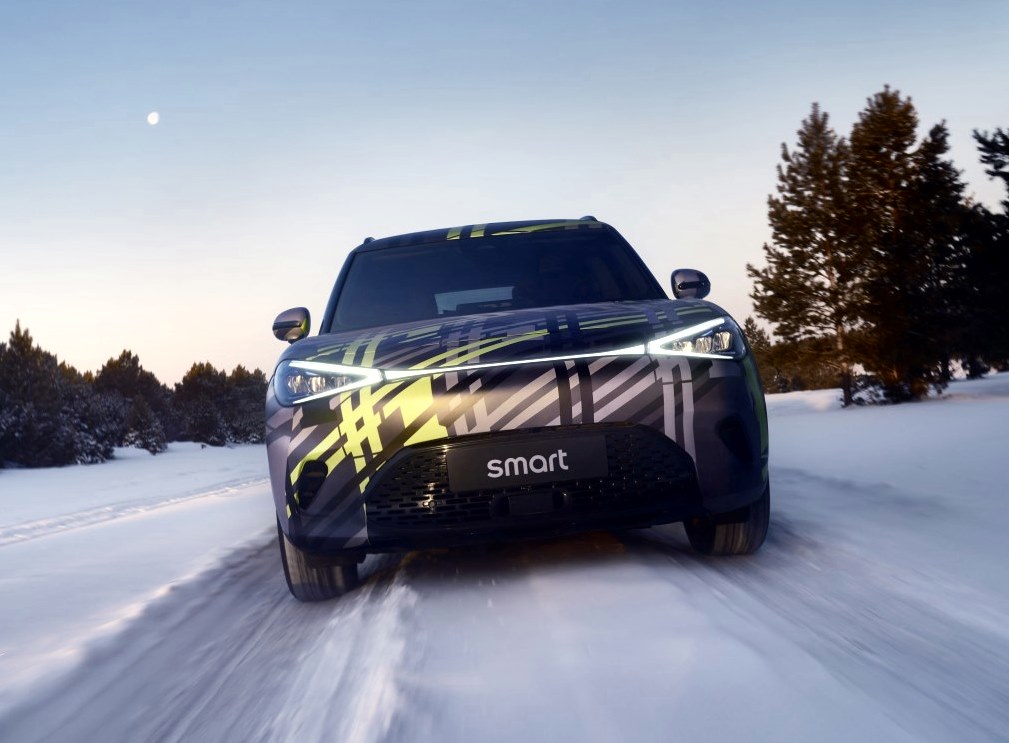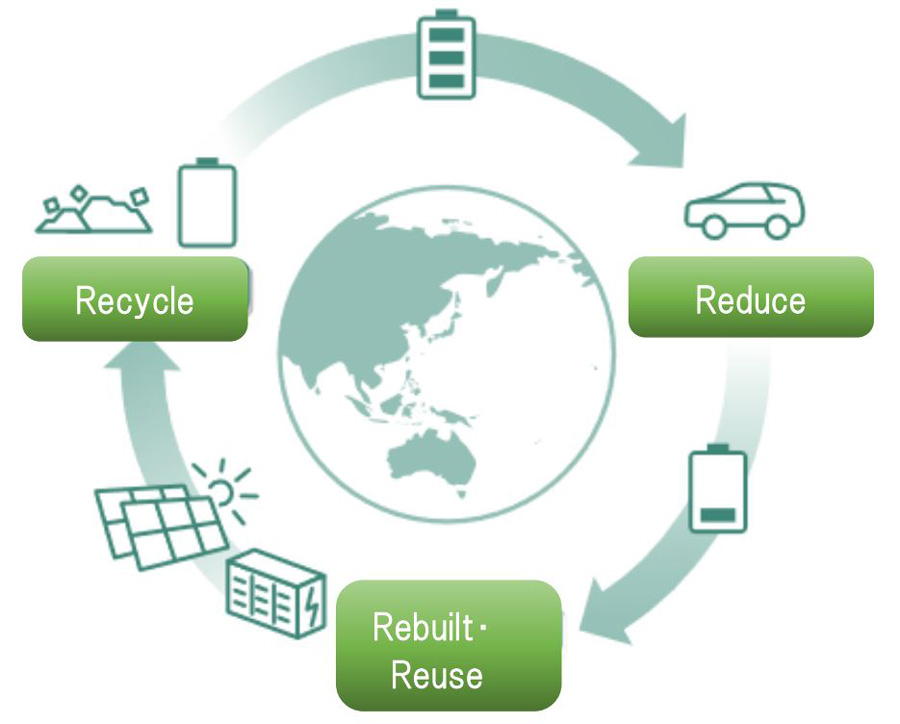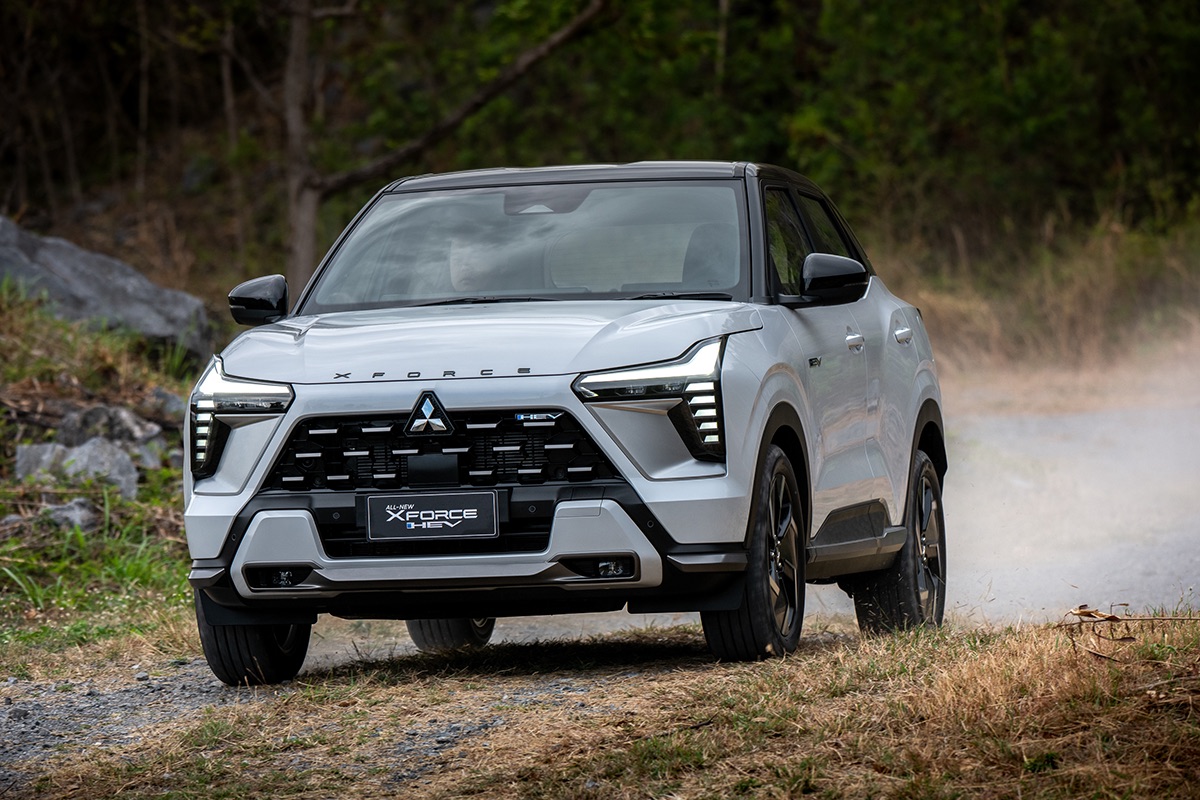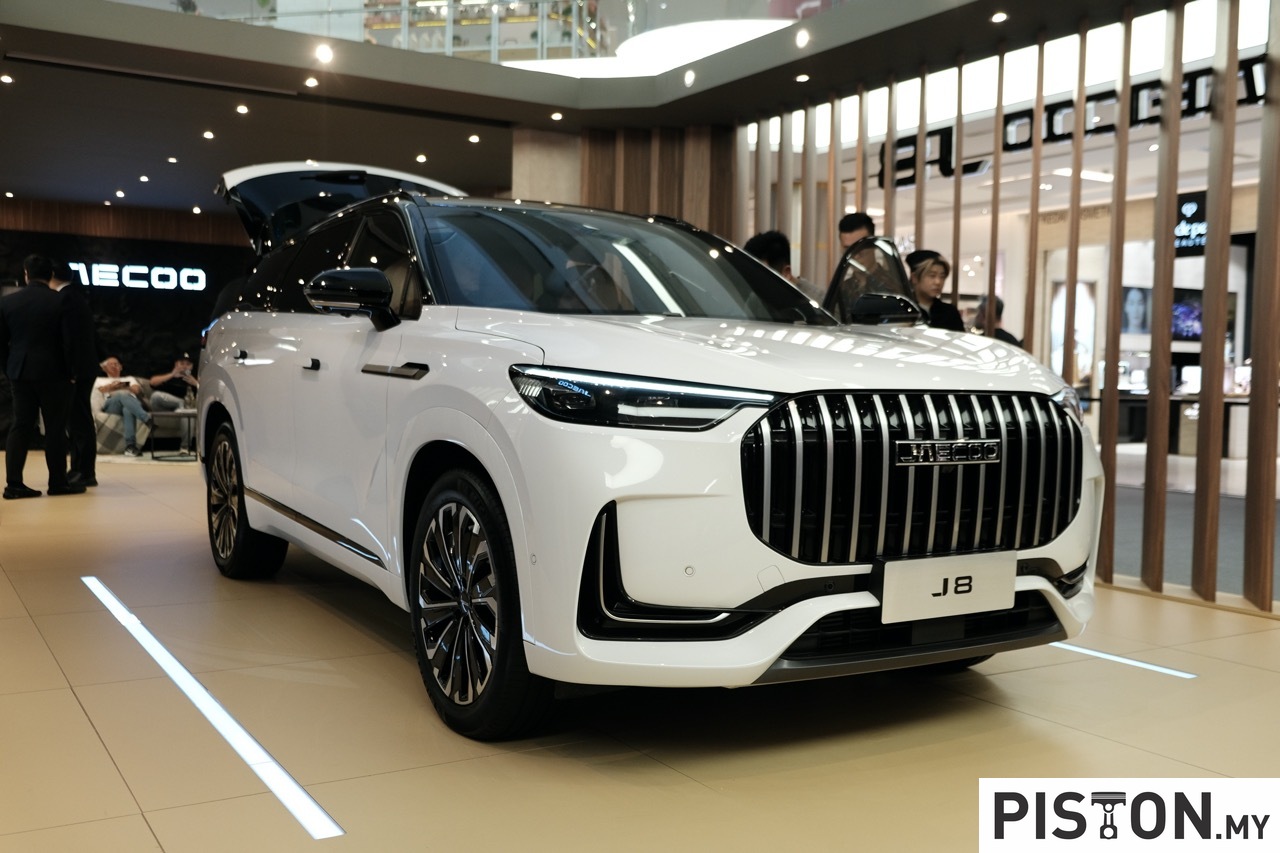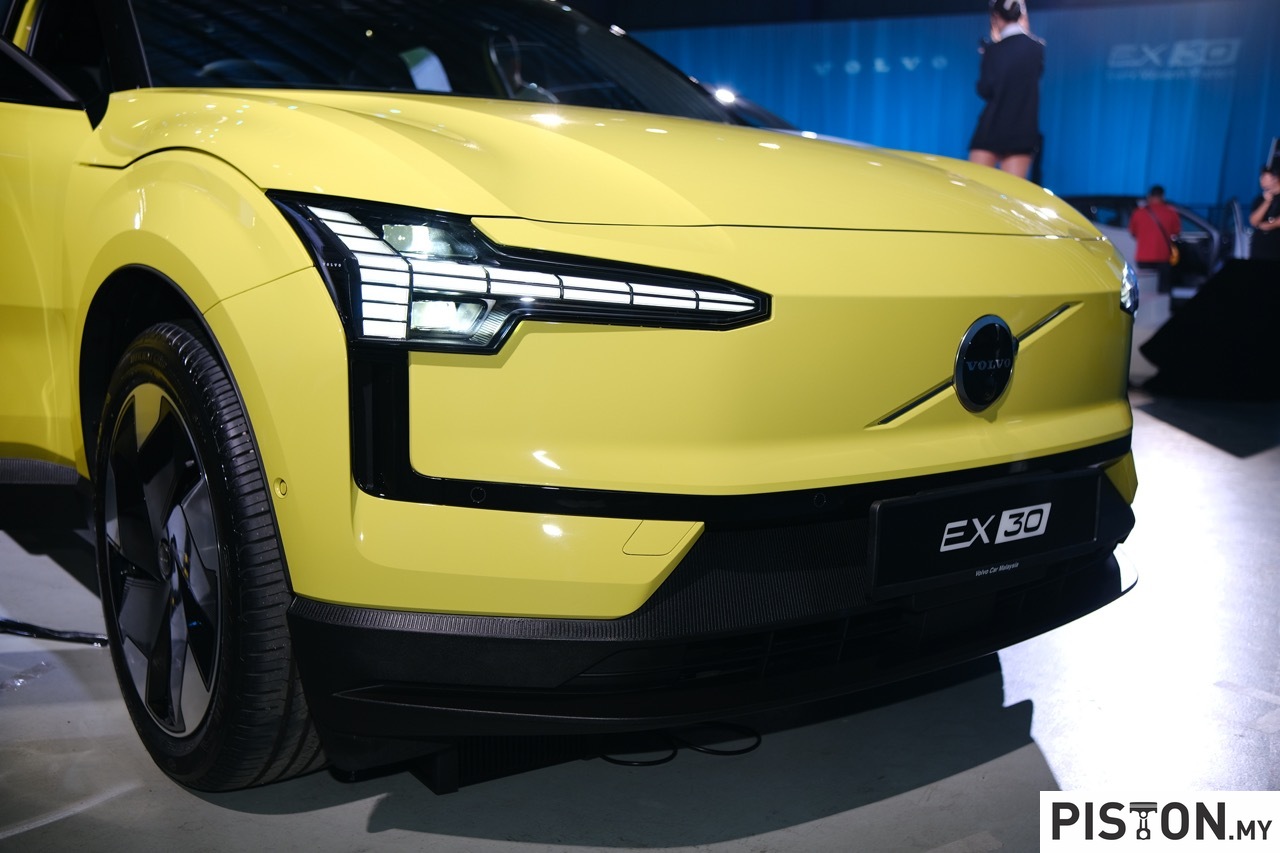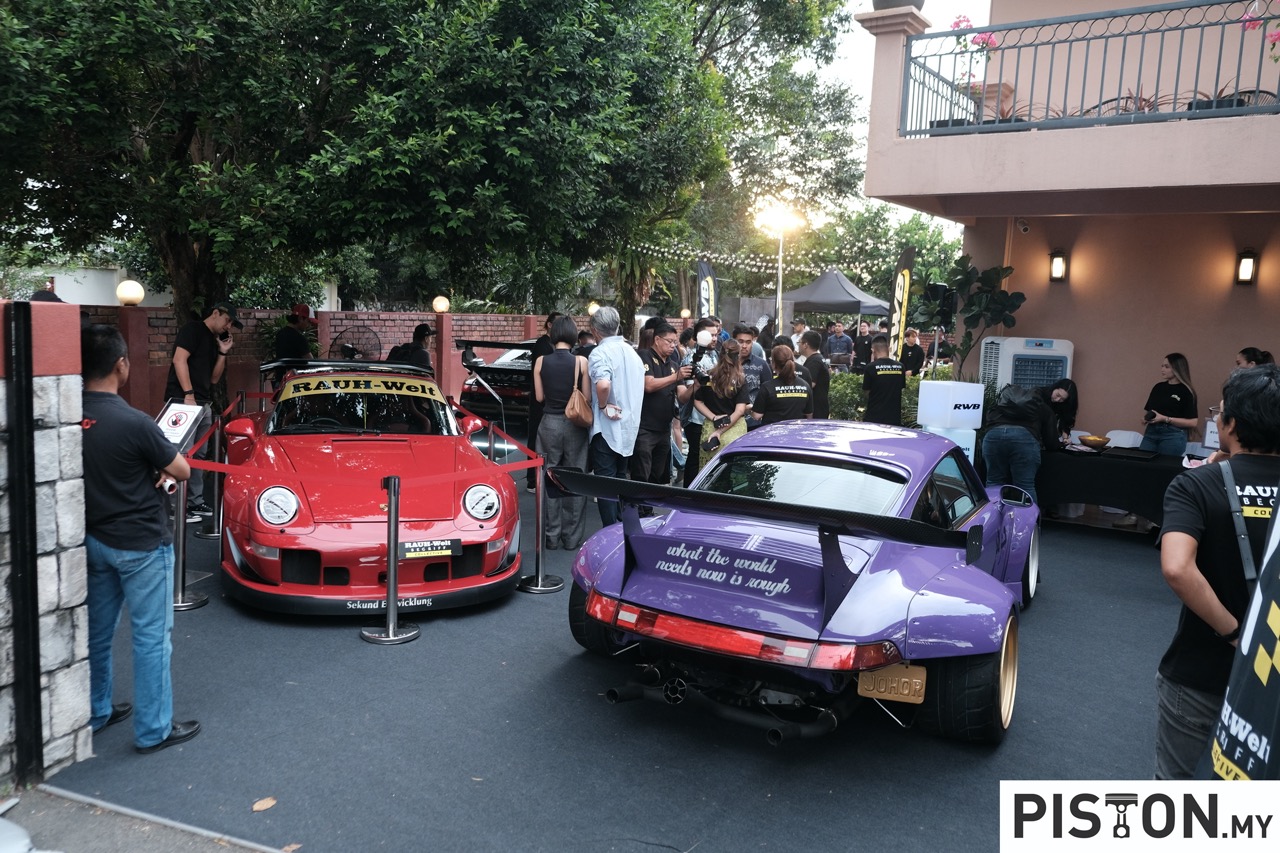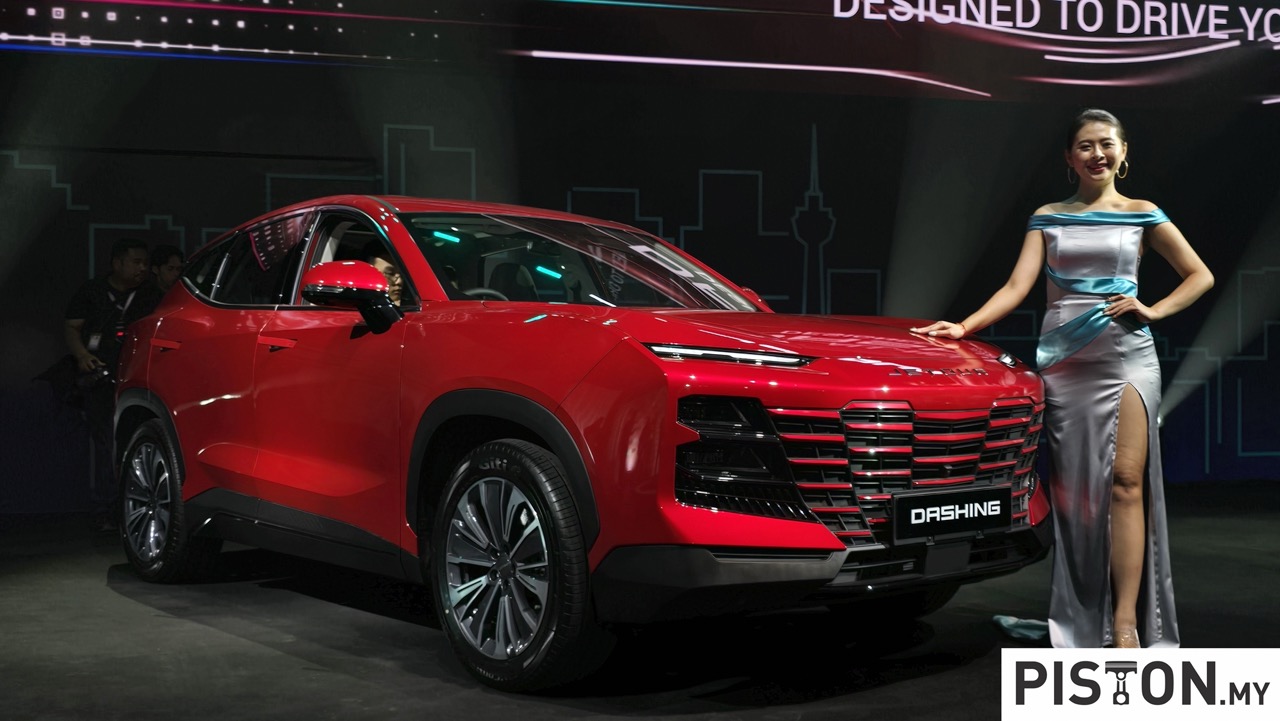With the renewal of its brand, product and business model, smart has entered a new era of development. The company, which has a history going back to 1994, had struggled to get a strong footing but lack of profitability hindered its development. By 2020, Daimler AG established a joint-venture with Geely which would give the brand a new lease of life.
The joint-venture company will produce the new generation of cars in China and the first of these was revealed in 2021 as a concept car referred to as Concept #1. While the pandemic has slowed down development, the production program has been able to continue between the Mercedes-Benz global design team and smart’s R&D team.
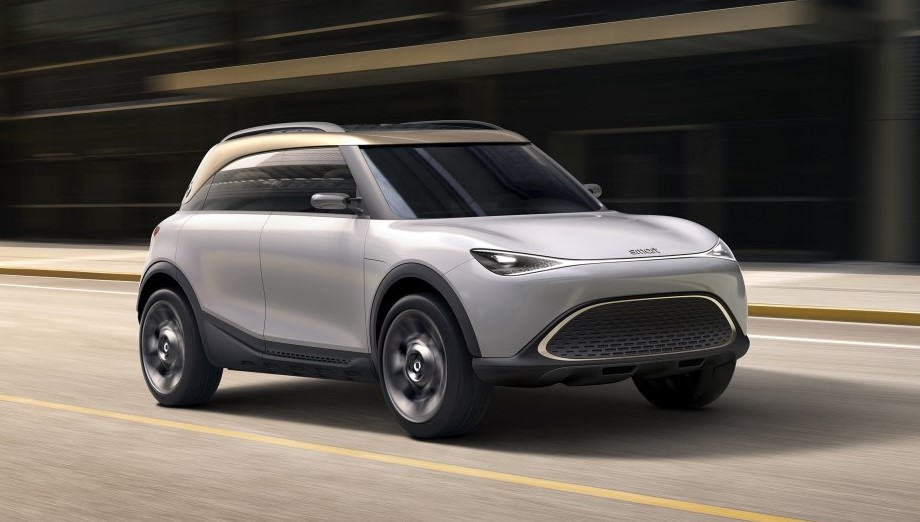
Concept #1
The Concept #1, painted glossy white, has smart elements but also shows that its design language will evolve for the new generation of New Energy Vehicles (NEVs). “The new sporty Concept #1 is a redefinition of the smart brand in a very cool grown-up way,” said Gorden Wagener, Chief Design Officer Daimler Group. “We have created a completely new design DNA that has the potential to establish smart as the leading design brand.”
Balanced proportions, a powerful sculpture, the usual short overhangs at the front and rear and a progressive design language characterise the concept vehicle which is in the form of a compact SUV. One of the central design features is the large panoramic glass roof with a striking ring of light. The seamless transition to the windscreen and to the window surfaces of the frameless doors makes the roof appear to float above the body – an impression further enhanced by the atmospheric roof lighting.
In contrast to this visual lightness, striking design elements in anthracite and black in the lower body area emphasise the robustness of the sport utility vehicle. This is further accentuated by the distinctive 21-inch wheels with their unique design.
A first hint of the new dimension of digitalisation of future smart vehicles is provided by the concealed door handles, which are merely indicated by light elements. The rear doors of the smart Concept #1 are hinged at the back and open in the opposite direction from the front doors. This portal door concept makes it particularly easy to get in and out of the car. Plus, the absence of a B-pillar facilitates an unobstructed view of the generously dimensioned interior when the doors are open.
The LED headlights and taillights, with their striking signatures, make a significant contribution to the unique and emotional appearance of the smart Concept #1. At the same time, they are fundamental components of an attention-grabbing light display around the vehicle. In this sophisticated orchestration of the exterior and interior lighting in harmony with specially arranged sound elements, the front light strip divides into small triangles which flicker in rhythm. Starting from the illuminated radiator grille, light effects also move in time to the music along the sides of the vehicle to the rear diffuser.
Of course, many of the features seen on the Concept #1 will not be adopted for the production car. However, recent pictures of the car, albeit camouflaged, show that the concealed door handles will be present although those ‘suicide doors’ which open in opposite directions will not. Such doors often appear in concept cars but rarely continue into production models.
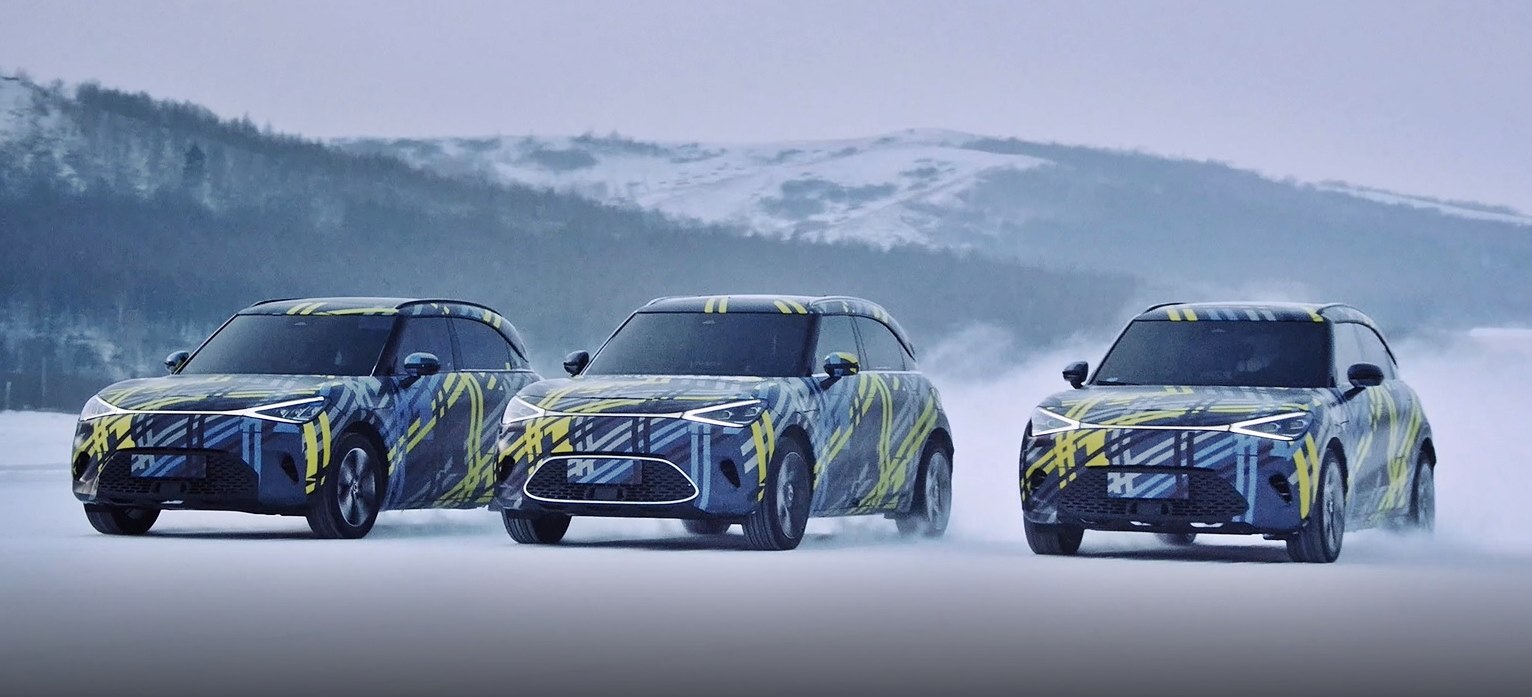
Final testing of prototypes
Prototypes have been undergoing endurance testing in winter conditions and aerodynamic work was done at the China Automotive Engineering Research Institute in Chongqing. Testing in the facility’s wind tunnel showed the smart #1, as the new model will be known, to have a drag coefficient performance of 0.29 Cd. This is thanks to the features like the flush door handles as well as an Active Grille Shutter (AGS) to lower wind resistance.
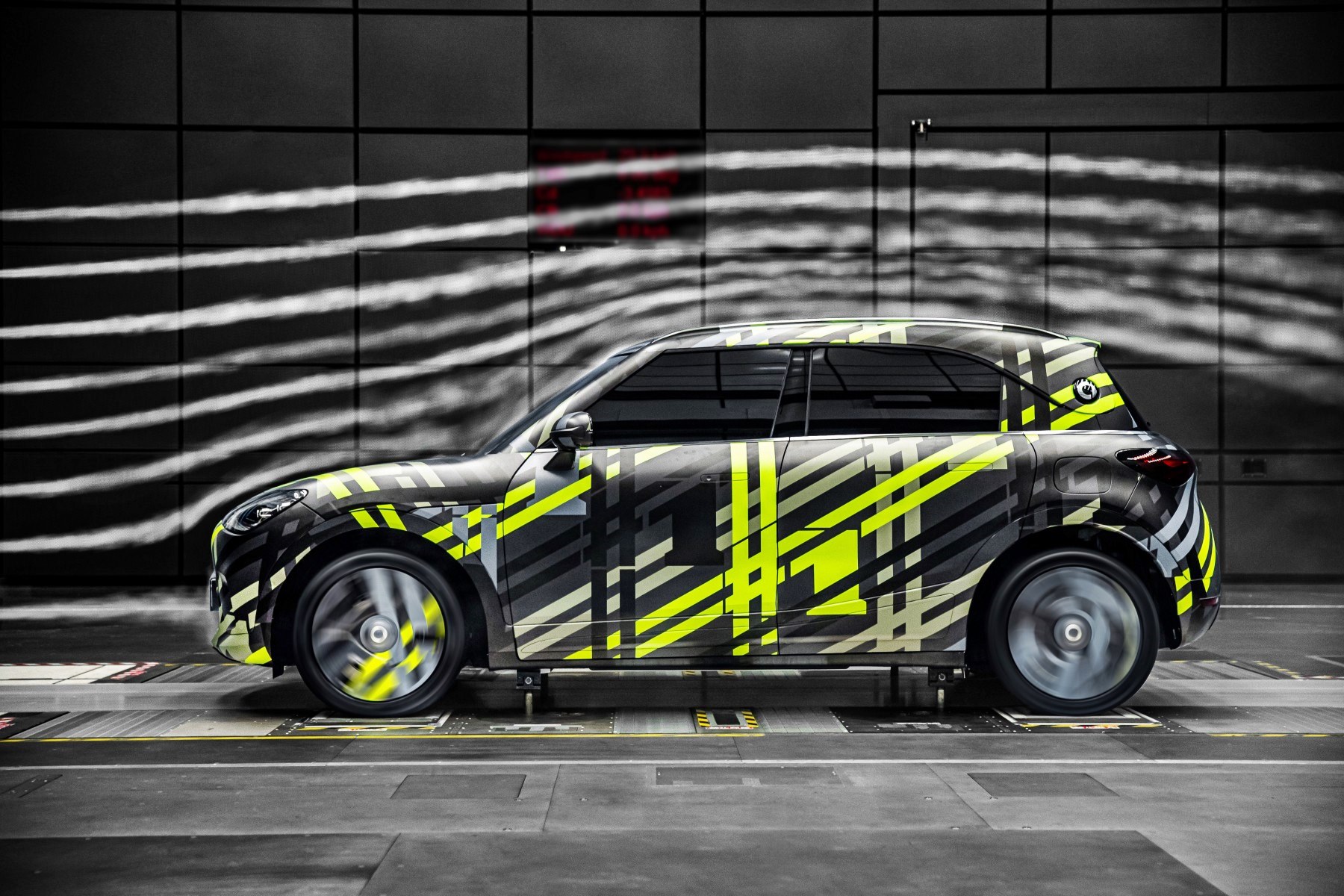
The smart #1, which will be the brand’s first all-new production car as a purely electric brand, will be unveiled on April 7, 2022 at STATION-Berlin, a historic landmark and disused train station in the German capital.
Coming to Malaysia too
Proton Edar has been appointed distributor for Malaysia and Thailand so we should be seeing the smart #1 on Malaysian roads in future. They are unlikely to be associated with the Proton brand and would be an additional business venture for the subsidiary which handles sales and marketing in the Proton Holdings Group. Proton’s own electrification program would likely start off with hybrids and then move to fully electric vehicles, perhaps towards the end of the decade.




